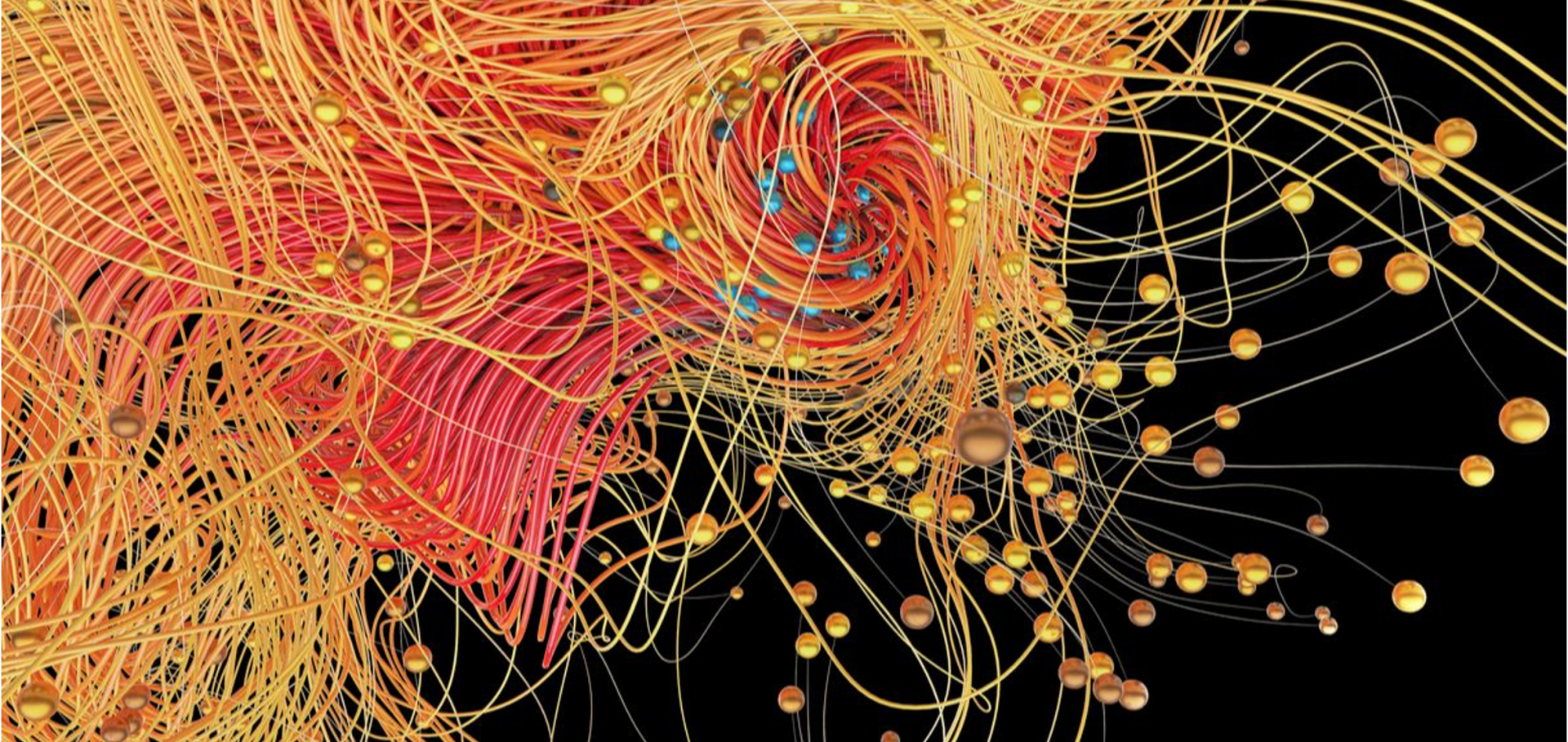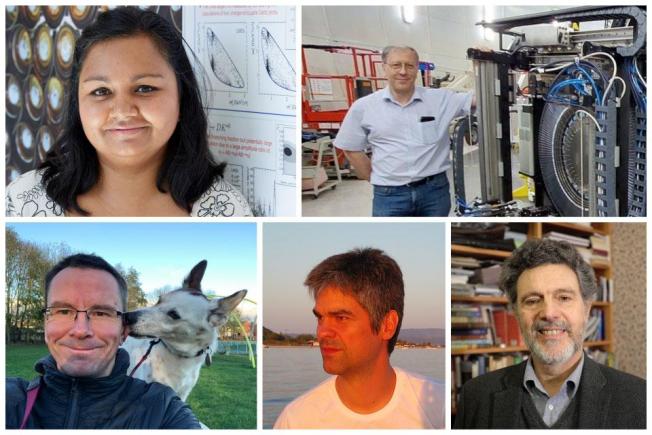The magnetic structure and spin-flop transition in the A-site columnar-ordered quadruple perovskite $\mathrm{TmMn_3O_6}$
(2019)
Strain engineering a multiferroic monodomain in thin-film BiFeO$_3$
(2018)
Evolution of magneto-orbital order upon B-site electron doping in Na1−xCaxMn7O12 quadruple perovskite manganites
Physical Review Letters American Physical Society 120:25 (2018) 257202
Abstract:
We present the discovery and refinement by neutron powder diffraction of a new magnetic phase in the Na1-xCaxMn7O12 quadruple perovskite phase diagram, which is the incommensurate analogue of the well-known pseudo-CE phase of the simple perovskite manganites. We demonstrate that incommensurate magnetic order arises in quadruple perovskites due to the exchange interactions between A and B sites. Furthermore, by constructing a simple mean field Heisenberg exchange model that generically describes both simple and quadruple perovskite systems, we show that this new magnetic phase unifies a picture of the interplay between charge, magnetic and orbital ordering across a wide range of compounds.Observation of magnetic vortex pairs at room temperature in a planar α-Fe2O3/Co heterostructure
Nature Materials Nature Publishing Group 17 (2018) 581-585
Abstract:
Vortices, occurring whenever a flow field ‘whirls’ around a one-dimensional core, are among the simplest topological structures, ubiquitous to many branches of physics. In the crystalline state, vortex formation is rare, since it is generally hampered by long-range interactions: in ferroic materials (ferromagnetic and ferroelectric), vortices are observed only when the effects of the dipole–dipole interaction are modified by confinement at the nanoscale1,2,3, or when the parameter associated with the vorticity does not couple directly with strain4. Here, we observe an unprecedented form of vortices in antiferromagnetic haematite (α-Fe2O3) epitaxial films, in which the primary whirling parameter is the staggered magnetization. Remarkably, ferromagnetic topological objects with the same vorticity and winding number as the α-Fe2O3 vortices are imprinted onto an ultra-thin Co ferromagnetic over-layer by interfacial exchange. Our data suggest that the ferromagnetic vortices may be merons (half-skyrmions, carrying an out-of plane core magnetization), and indicate that the vortex/meron pairs can be manipulated by the application of an in-plane magnetic field, giving rise to large-scale vortex–antivortex annihilation.Observation of magnetic vortex pairs at room temperature in a planar α-Fe2O3/Co heterostructure
Bulletin of the American Physical Society American Physical Society (2018)



